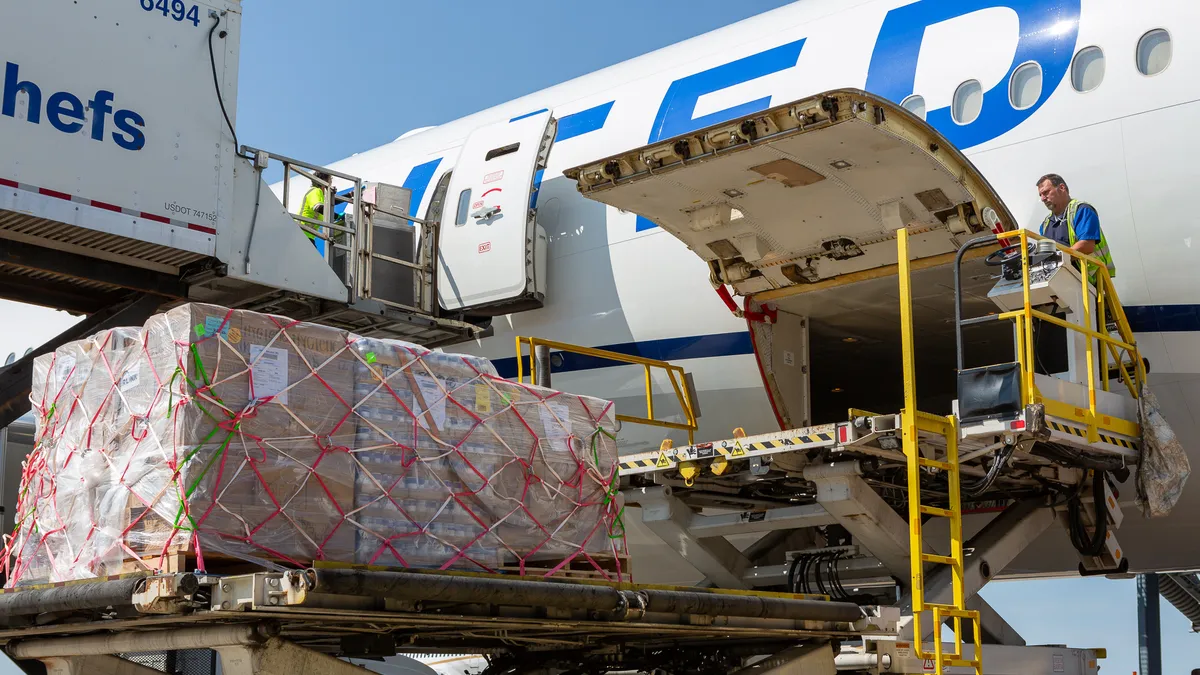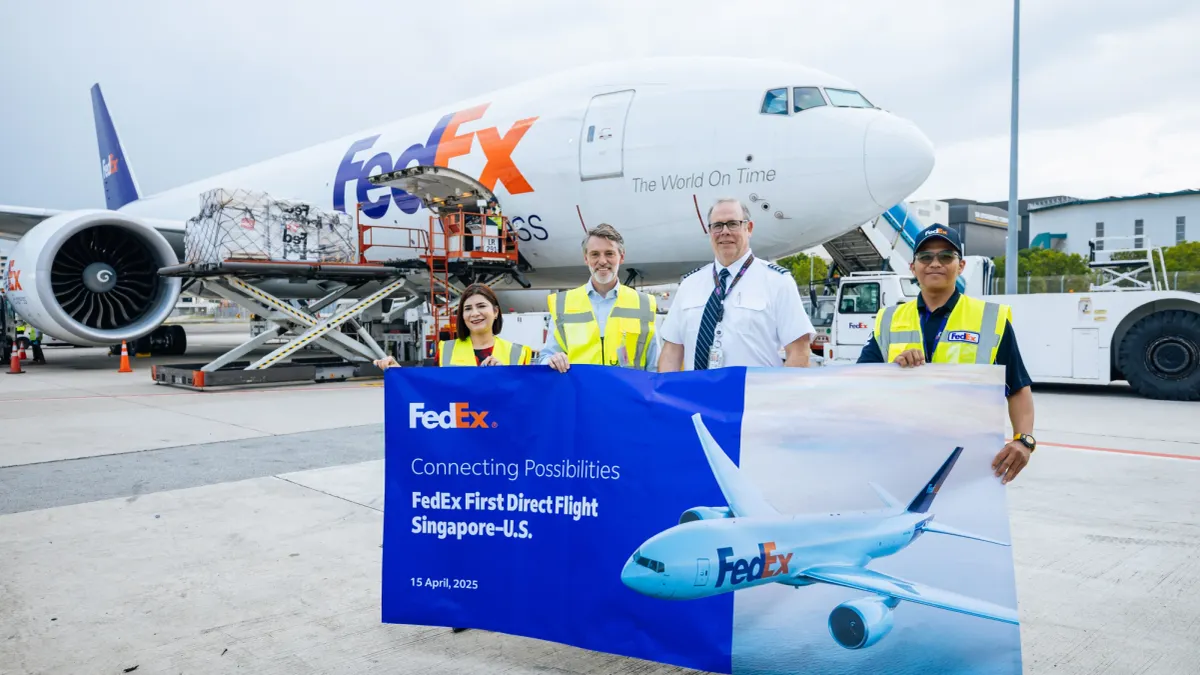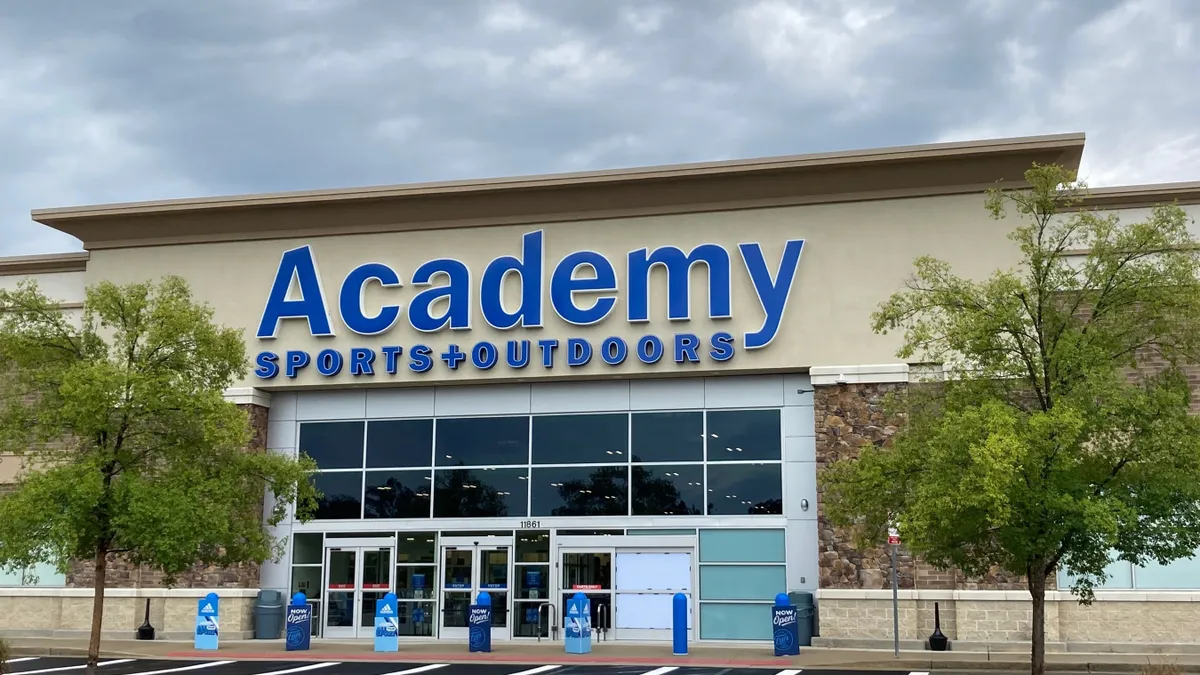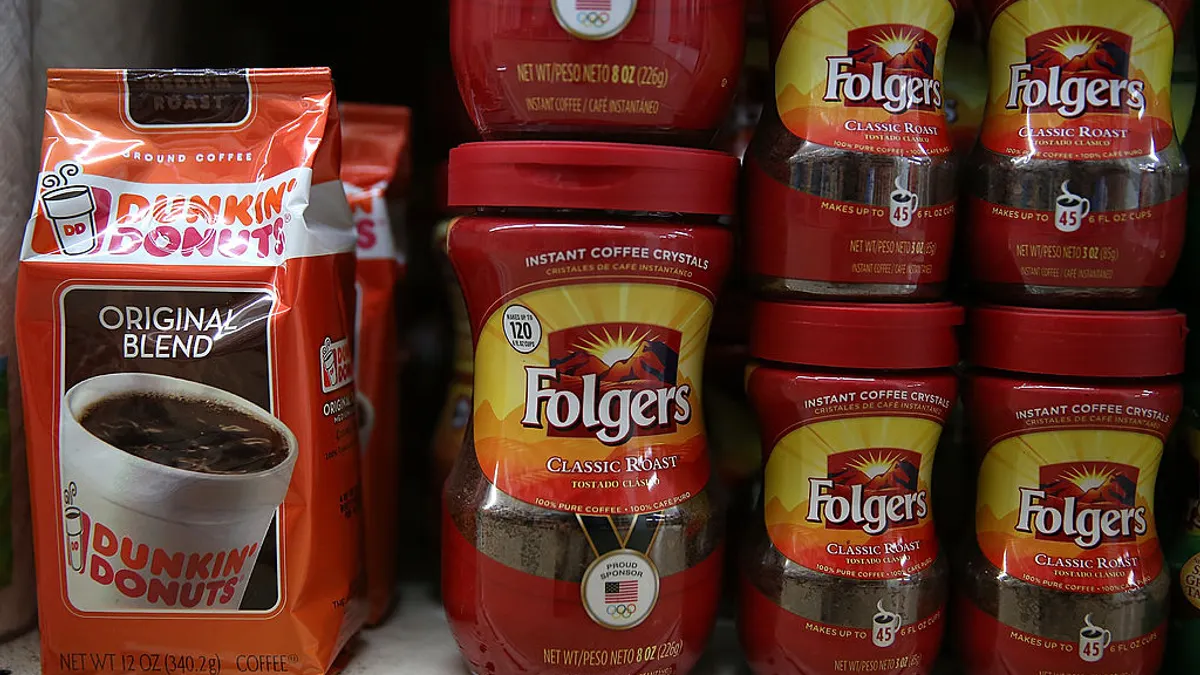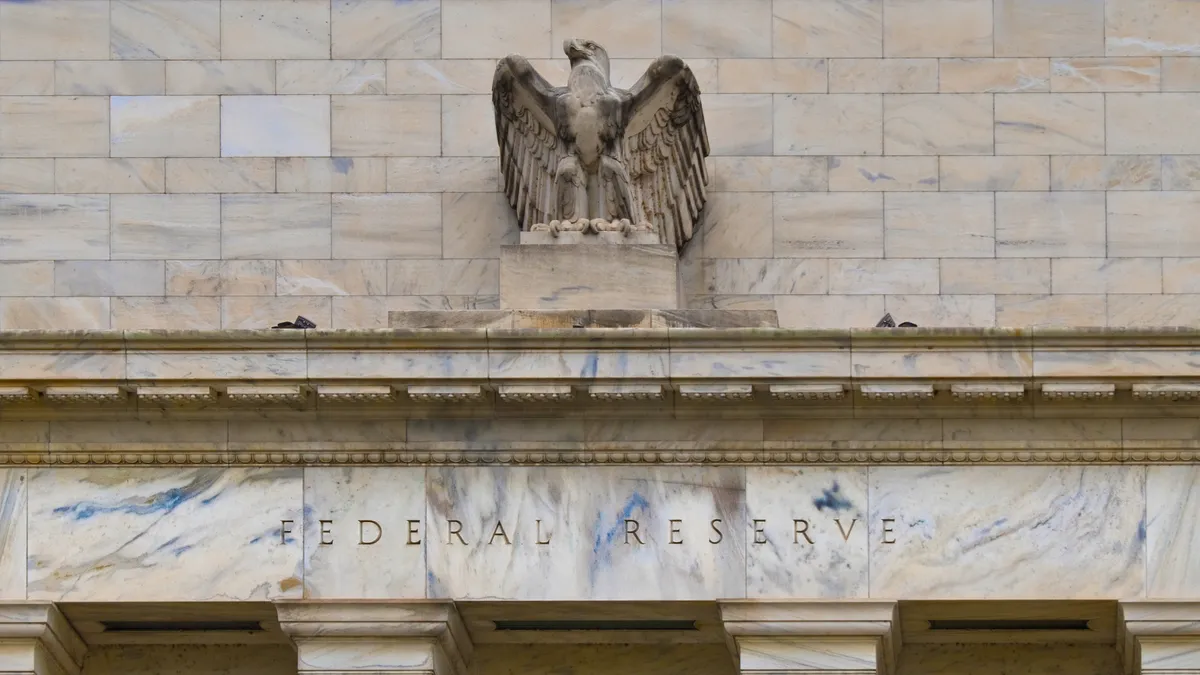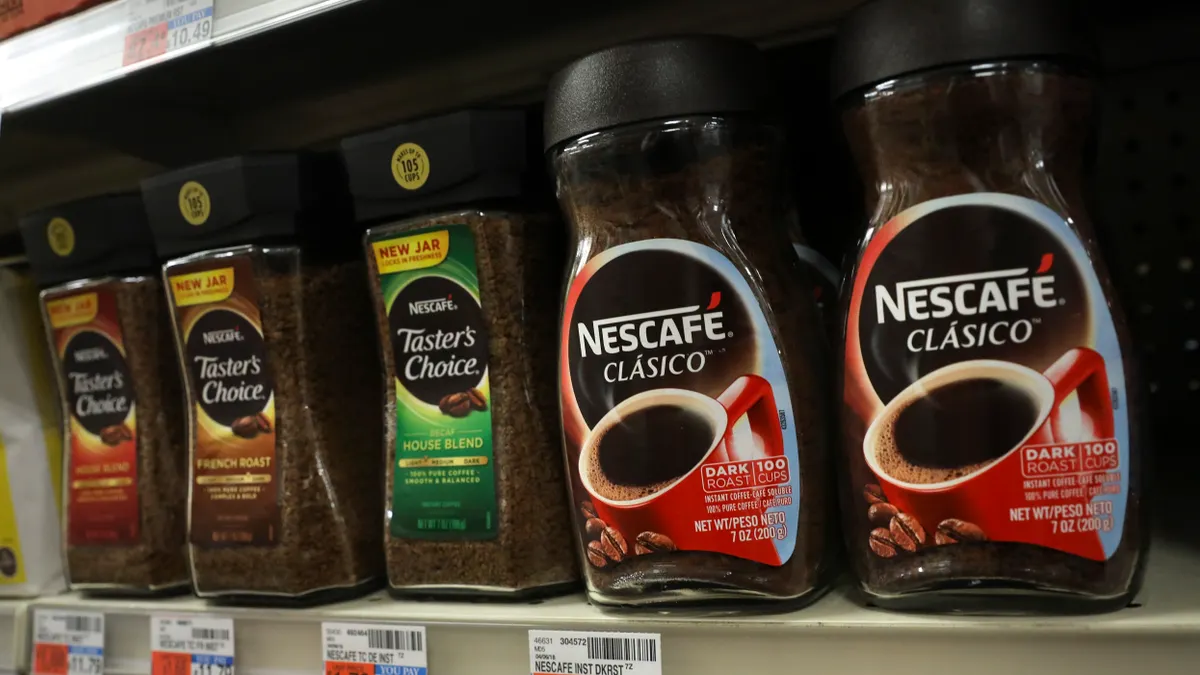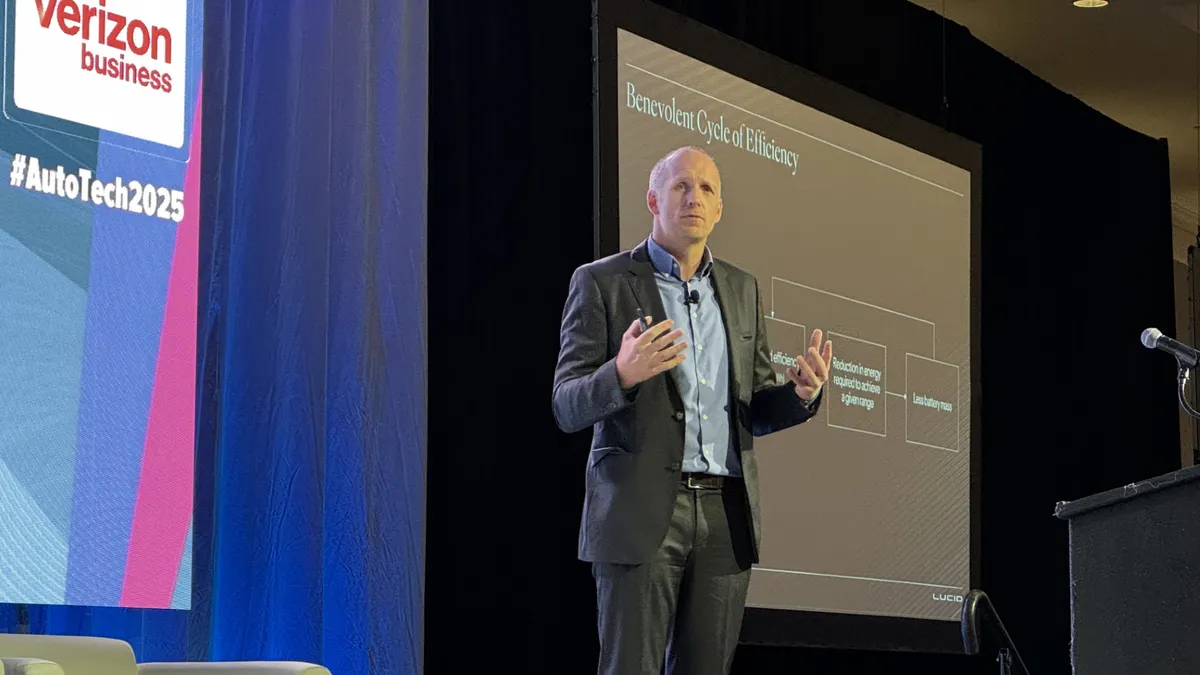Tesla is experiencing growing pains, but has willingly invited more criticism than other young companies because the automaker is brazen enough to pronounce ambitious goals and, most boldly, insist that its vision of the future of the automotive industry is the definitive one.
But Tesla is forcing the auto industry to rapidly change. Large, established automakers now are making fully electric and hybrid electric cars. Automakers are starting to explore and include artificial intelligence (AI) in their cars, and now major automakers and U.S. Congressmen are discussing autonomous vehicles (AVs) and how best to innovate and regulate them.
Not only that, but Tesla's software design is state-of-the-art: the fact that Tesla can update vehicle software over-the-air (OTA) as if it were Apple updating an iPhone is unprecedented. As cars become more tech-savvy, Tesla is in the lead. But Tesla struggles to meet deadlines and frequently delivers flawed vehicles, and profitability remains elusive. Many use Tesla's failings to argue that the company shouldn't be followed as an innovator or even as a true automaker.
It turns out Tesla's story is far more complicated and nuanced than often portrayed, but the roots of its challenges come down to the company's finances and supply chain.
Tesla is forcing the auto industry to change rapidly
Tesla didn't invent the electric car (Scottish inventor Robert Anderson did, in 1832), but it was Tesla who popularized, pioneered and promoted the electric car ever since the company's founding in 2003. None of the major automotive manufacturers were making electric cars until Tesla made it cool in 2008 with its bombastic announcement of the first luxury electric car: the Tesla Roadster.
Since then, big automakers with lots of capital, solid supplier bases and seasoned supply chains went to work in rapidly developing and churning out their own electric cars, as consumers and governments pursue eco-friendly, low-emissions transit options. The next electric car, released in 2010, was made by Mitsubishi Motors.
According to the Bureau of Transportation Statistics data, the number of hybrid EVs sold in the U.S. didn't break 100,000 until 2005. The bureau doesn't have data on the number of EVs sold until 2011, which was 9,750.
Since then, the EV market has exploded. By 2015, 71,044 EVs were sold in the U.S., and 384,404 hybrid EVs. Between January and September 2017, Tesla led the pack by selling 73,227 EVs, followed by Chinese automaker BYD, selling 69,094.
Brian Loh, a partner at McKinsey&Company, said innovation is at an "all-time high" in the auto industry right now, which is significant because historically, the auto industry is very slow to evolve.
"There's so much change happening that the automakers are trying to make sure they’re as successful in the next era as they were in the past," Loh said.
The auto industry is not resistant to innovation and change, but does tend to adapt slowly. Lately however, that's changed dramatically, and largely because of Tesla's disruption in the market. Tesla has that "cool factor," something established automakers do not have, and has created hype around Tesla's EVs that other brands — like the Nissan Leaf, for example — do not get.
"The electronics innovation trend with the industry has been going on for a while, but I think it’s accelerating," Loh said. "The mega trends we read about in the papers every day of automotive driving, electrification, connectivity, shared mobility — these are huge industry sharping trends and they are really having a big impact in the industry at the OEM level and the supplier level, and it’s leading to a lot of big investment."
Then there's the AV discussion. Tesla's Autopilot, which uses AI to drive a Tesla vehicle for you with some minor assistance, has been the subject of hot debate, with some consumers misusing the technology and crashing the cars while using Autopilot. Other automakers are following Tesla's lead and looking to create semi-autonomous or fully AVs, and that has sparked contention in Washington as lawmakers try to reconcile safety concerns with innovation-hungry automakers.
U.S. senators and industry leaders — including automakers, manufacturers, 3PLs and supply chain leaders — now believe AVs are the definitive future of the auto industry, largely because Tesla is driving the conversation.
Tesla is one of the key drivers of innovation as the auto industry is forced to evolve, but Tesla also shows how difficult it is to succeed in the auto industry at all, and how there is still room for improvement within the hotly competitive, tight margin business. In fact, Tesla is a good example of how critical stable supply chains are to the success of an automotive company.
Tesla's supply chain is it's Achilles' Heel
Tesla doesn't meet deadlines. Tesla doesn't meet market expectations. Tesla delivers cars riddled with defects.
Last fall, Tesla missed Model 3 production goals in Q3 2017 due to supplier issues, and ended up having to redesign a key part of the Model 3. What CEO Elon Musk called "production bottlenecks" continued through Q4 2017, although by then Tesla was no longer blaming suppliers, and told investors in February that the company would produce 5,000 Model 3s a week by the end of Q2 2018.
Almost all of these problems can be attributed to lack of funding and the fact that Tesla is still a small company, compared to the rest of the auto industry, and so ramping up production for a new car is much harder for Tesla than it is for landed companies like Ford or General Motors.
Tesla's supply chain is still in the development phase, and right now Tesla doesn't have the capital and supplier relationships that other big automakers have.
"For better or worse, Tesla makes its own batteries, so it's heavily dependent on its own sources," said Michelle Anderson, a partner with Boston Consulting Group. "If that went down, batteries are heavily commoditized, so there wouldn’t be too much of a hiccup, but there would be some down time."
Because Tesla's supply chain often relies on single source suppliers, one can quickly fit the puzzle pieces together to see how and why Tesla has struggled. According to a Tesla statement provided by CSIMarket, the electric car manufacturer does have more supply chain volatility than other automakers.
"While we obtain components from multiple sources whenever possible, similar to other automobile manufacturers, many of the components used in our vehicles are purchased by us from a single source," the statement reads. "To date, we have not qualified alternative sources for most of the single sourced components used in our vehicles and we generally do not maintain long-term agreements with our suppliers. While we believe that we may be able to establish alternate supply relationships and can obtain or engineer replacement components for our single source components, we may be unable to do so in the short term or at all at prices or costs that are favorable to us."
That's essentially the story of the company's struggle: Tesla tries to scale high and fast, but gets bogged down by a faulty supply chain.
Tesla suffers from a lack of funding and a narrow supplier base
Supply chains are critical to an automaker's success, but the most critical part of the automaker's supply chain is its relationship with suppliers — and that might be where Tesla is weakest.
Loh told Supply Chain Dive that in general, the auto industry doesn't single source, and described the average auto supply chain as being far more efficient and effective than Tesla's.
"Typically an OEM will have a supplier panel or a collection of a few suppliers, anywhere from 2-5 suppliers they source from for that commodity," Loh said. "Oftentimes for a particular vehicle, they might be single sourced on that vehicle, like one supplier would have all of a certain part for a Honda Accord or something like that, but it’s extremely rare for a supplier to be single sourced across an entire commodity for all their vehicles."
Then there's the funding problem. Tesla is technically still in the red — the company isn't profitable yet, and many critics use that fact as their main reason for arguing that Tesla isn't worth investment or even worth paying attention to.
But when it comes to suppliers, Tesla's lack of funding is a huge issue. For example, Tesla is trying to ramp up production of the Model 3, necessitating a high volume of parts and components from its suppliers. Because of that capital outlay, Tesla might hold off on paying upfront costs for the parts and wait until the car starts selling before paying suppliers.
"An OEM may get the best pricing if it uses all the capacity of a supplier," Anderson said. "If an OEM only uses 20% of a supplier’s capacity, it’ll likely cost them more. (The question is) are they willing to use that as a hedge?"
That compounds the problem; now Tesla has to produce and sell as many cars as possible in order to pay suppliers and maintain strong supplier relationships. But because Tesla is still learning how to mass produce electric cars — relatively speaking, Tesla is still new to the auto industry — production problems still arise, making it increasingly difficult to sell and deliver quality cars at an efficient rate.
"In some cases, a vehicle program might be really big and the OEM might say, I’m not going to pay the supplier any upfront funding, you need to handle that cost yourself because you’ll get a big volume down the road," Loh said. "The other extreme is low volume with very little return (for the supplier) down the road, and the OEM might need to pay for more of the engineering upfront."
While that paints a bleak picture for any startup trying to break into the auto industry, there's some silver lining: if you've got a solid vision and can sell that vision — like Tesla — suppliers just might take a risk on you.
"If you have a combination of small budget and low volumes, then it’s trickier to get enough interest from a supplier, especially if it’s an OEM with cutting edge technology and known for leading the market," Loh said. "Even though the pure economics of the program isn’t normal, a supplier might say, the technology might be worth it."
Tesla delivers on its promises, just not always on time
For all of the problems Tesla is now experiencing with the Model 3, the company already experienced with the Model S. At this point, most of the wrinkles in Model S production have been ironed out. That may instill some hope in investors, but the fact remains that Tesla still has inroads to make as a trusted automaker.
"Tesla is struggling to get to scale and get its model to pay off," Anderson said. "It’s a tight margin business. We need innovation, but where tend to see the innovation happening is in the traditional OEMs who have the supplier base to leverage."
What Tesla has proved is that it takes a tremendous amount of funding, grit and hard work, star power and a strong vision in order to succeed in the auto industry and launch a radical new product — especially if you're trying to do both those things at the same time. The fact that Tesla is still around 15 years after its commencement is impressive all by itself.
"On one hand, ramping up a car company from scratch is really hard," said Greg Kefer, vice president of marketing at GT Nexus. "There’s a lot of basic tackling. An assembly line that produces 10,000 cars a week? That’s really hard."
Tesla shows how crucial it is for an automaker — or any company, really — to have all the kinks worked out of its supply chain before pursuing such big goals, like skipping the prototype stage and rushing to produce 5,000 cars a week right away, which is how Tesla approached the Model 3.
While Tesla can be seen as an inspiration to the industry, it also serves as an example of what happens when you lack capital, sufficient cash flow and an unstable supply chain. But if Tesla can keep investors hooked on its vision of a future filled with electric cars, it may just be a matter of time before it becomes an industry bedrock.
"Once they work out the supply chain issues, watch out," Kefer said. "The big three better be looking over their shoulder."





